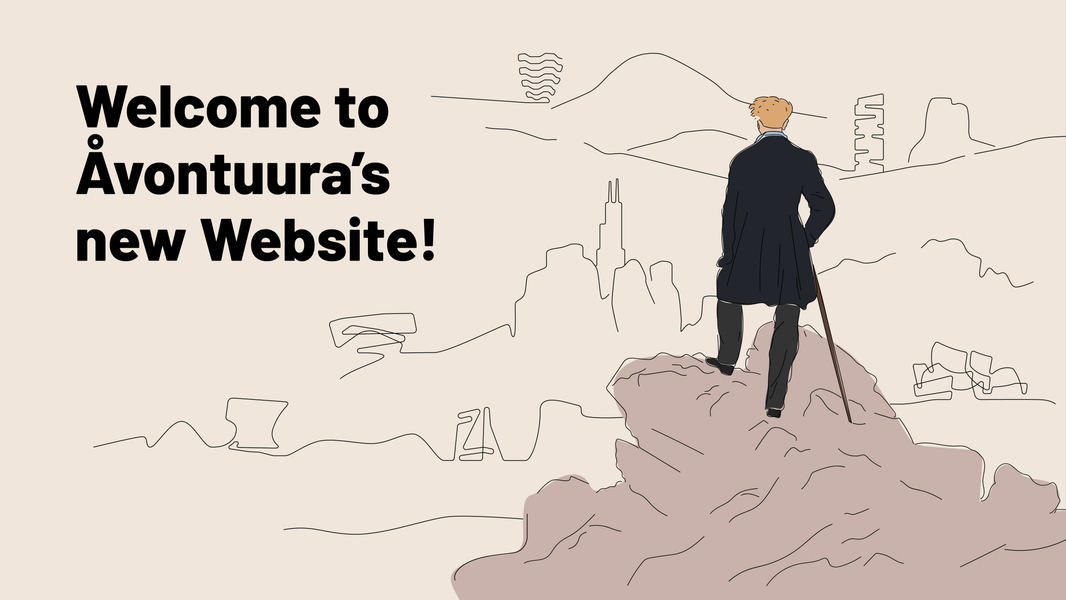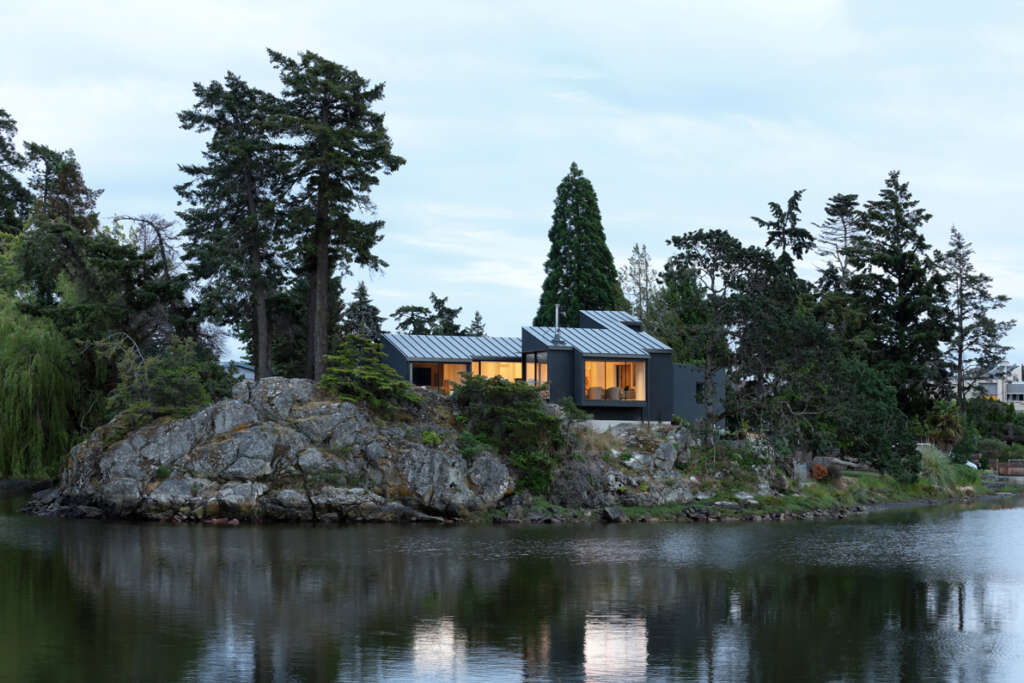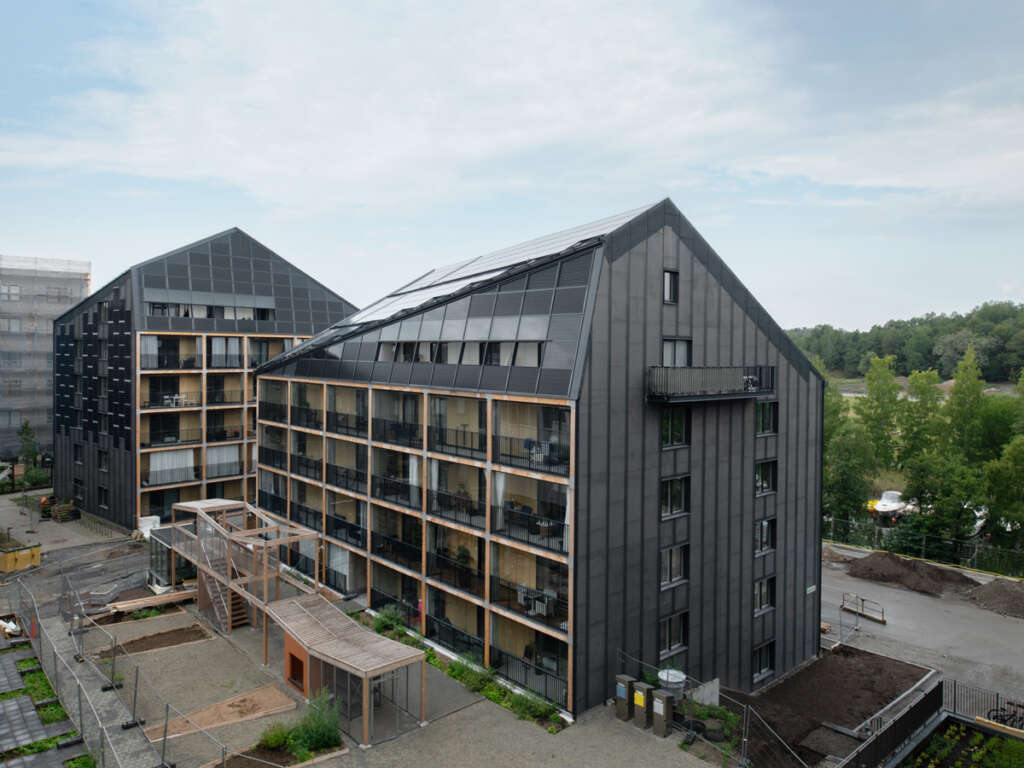Like many of you, the President's comments regarding "s---hole countries" struck a nerve. Admittedly, I didn't know much about Haiti prior to writing this. I had heard of the extreme poverty and seen photos of the devastation left over from the 2010 earthquake, but it was still a foreign place in my mind. It's easy to see the run down version of Haiti that Trump's sees. At first glance, it's a country that is unable to progress, unable to pick up the pieces of the homes and lives that were lost almost 8 years ago. The reality is that Haiti is a country that has been systematically abused by [mostly] French and American powers for centuries. Not even half of the billions of foreign aid that was donated globally to relief efforts have even made it to the country for that matter. Frankly, Haiti hasn't had the opportunity to even begin to start and yet the real people seem to the nicest, most honest and hardworking people you will meet.
Below is just a small glimpse into the architecture of Haiti. It's meant to be a snapshot in time and a digital record of the current building stock. For simplicity's sake, it's been split into 3 parts: their UNESCO World Heritage Sites, the Traditional Architecture, and Contemporary architecture that is left to pick up the pieces. It does not even touch on the current state of temporary housing that has become permanent. An article on that I hope to write shortly. Please leave your comments if you have them, and let me know what I've missed.
Onwards!
UNESCO World Heritage Sites
Sans-Souci Palace
Built in the 19th century between 1810 and 1813, the Sans-Souci Palace was the royal residence for King Henry I, the first emperor of Haiti. At the height if it's existence it had the reputation of being one of the greatest buildings in the West Indies and contained several sprawling gardens and waterworks. A devastating earthquake in 1842 destroyed part of the building and was never restored.Source: wikipedia.org/wiki/Sans-Souci_Palace
Citadelle Laferrière
The Citadelle Laferrière is a large mountaintop fortress that was built between 1805 and 1820 to protect the newly independent Haiti from French incursions. Located nearby the Sans-Souci Palace, the Citadelle is a popular tourist attraction as it provides fantastic views of the nearby valleys.Source: wikipedia.org/wiki/Citadelle_Laferri
Buildings of Ramiers
The buildings of Ramiers were the first monuments to the Haitian Revolution. They can be found in the same area as the Sans-Souci Palace and Citadelle Laferrière.Source: wikipedia.org/wiki/List_of_World_Heritage_Sites_in_Haiti
Traditional Architecture
Gingerbread Houses
"Gingerbread Houses" got their unique name from American tourists who visited the island in the 1950's. It is a traditional style that is characterized by its colourful wood facades with steep turret roofs and wrap-around balconies. They were first built in the late 19th century and inspired by Parisian architecture and the Haitian National Palace [that was destroyed in the 2010 earthquake].Source: buildabroad.org/2017/07/24/haitian-architecture
Cathedral of Our Lady of the Assumption
The Cathedral of Our Lady of the Assumption was a cathedral in Port-au-Prince, Haiti. Completed in 1914, it was destroyed in the 2010 earthquake. Reconstruction of the cathedral is in the planning stages and is being led by Puerto Rico architecture firm SCF Arquitectos.Contemporary Architecture
Gheskio Cholera Center
The outbreak of cholera following the 2010 earthquake lasted until May 2017 and was responsible for the deaths of about 10,000 people and over 800,000 illnesses. Designed by MASS Design Group, the Gheskio Cholera Center is a revolutionary open-air clinic that has been built to serve the city's inner slums.Source: nytimes.com/2014/12/29/arts/design/in-haiti-battling-disease-with-open-air-clinics
Ti Kay Là
It is almost a miracle that a place like Ti Kay Là exists. The thesis project of Italian architect Bonaventura Visconti di Modrone, Ti Kay Là is an orphanage for 30 Haitian kids in the rural village of Anse-à-Pitres. With no running water, electricity, skilled labour, and a significant language barrier; the 40-strong team of locals led by Bonaventura were trained to build an anti-seismic foundation and structure that will stand the test of time.Source: inhabitat.com/earthquake-resistant-orphanage-is-a-welcoming-ray-of-hope-in-haiti/
Partners in Health Hospital The Partners in Health Hospital was completed in 2013 and provides care to over 185,000 local and area residents. 80% of the country's total medical infrastructure was destroyed in the earthquake and the new facility is equipped to serve over 500 people per day. It also happens to be the largest hospital in the world primarily run on solar energy and includes several sustainable design initiatives such as natural ventilation, heating and cooling, as well as healing gardens and courtyards for patients. [mappress mapid="121"]



